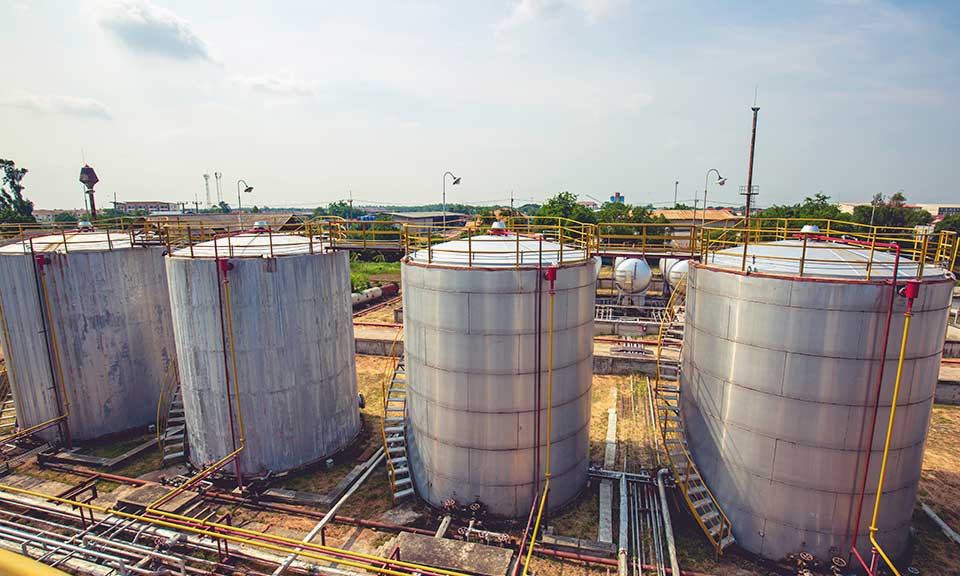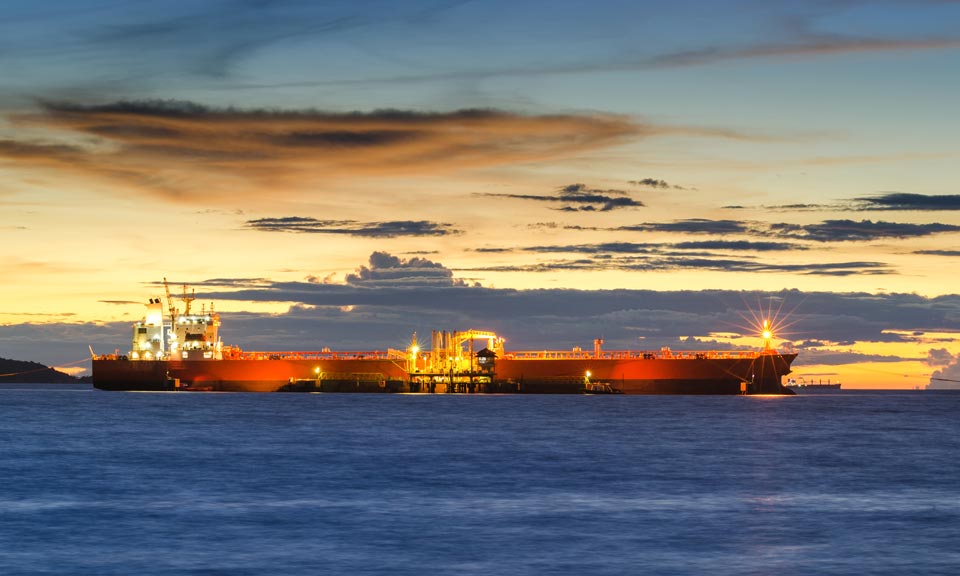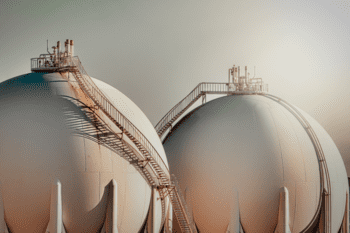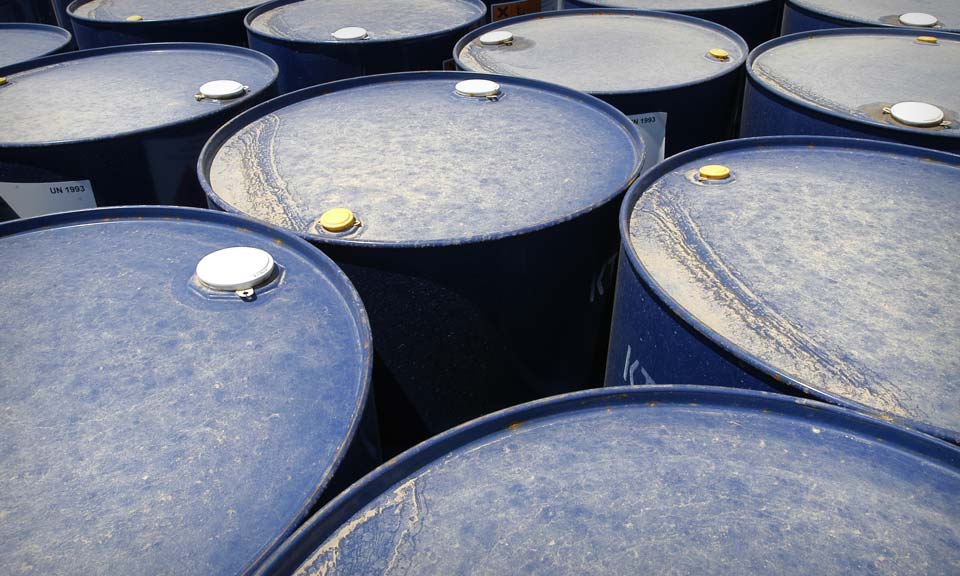Saudi Aramco June OSPs likely to drop as sour crude complex weakens

Saudi Aramco is expected to lower its official selling prices for June-loading crudes following tepid Asian demand fundamentals, with the OSP differentials retreating from the record highs seen this month, market sources told S&P Global Commodity Insights.
Earlier in April, Saudi Aramco raised its official selling prices for Asia-bound crude loading in May by a range of between $2.70/b and $4.40/b to the highest ever recorded, S&P Global data showed.
The June OSPs will likely be slashed by $4-$6/b from May levels, trade sources said in the week ending April 29.
"June OSP should be down from previous month, reflecting weaker trading fundamentals. Maybe by at least $4-$5/b down from previous month, the Dubai structure is lower too," said a Japan-based crude oil trader.
The Dubai cash/futures spread -- understood to be a key element in OSP calculations -- averaged $3.65/b over April, down from an average of $9.25/b in March, S&P Global data showed.
"June OSP adjustment will be as per market structure, maybe reduce by at least $5-$6/b," said a regional crude oil trader.
Asian demand is likely to drop in the new July trading cycle as China battles another wave of the coronavirus resurgence, while Japanese demand could remain lukewarm amid some turnarounds, traders said.
"Based on the current situation, I assume producers must reduce [June-loading] OSPs," said a China-based crude oil trader.
With the expected drop in OSPs, traders anticipate Asian refiners to maximize their term volume nominations.
"Term buyers will continue to take maximum term allocation, they won't want to take cargoes at the mercy of spot market which changes too quickly," the second Singapore-based crude oil trader added.
Demand sentiment for July-loading barrels of Middle East crudes remained mixed among Asian buyers, although Indian demand could offer some buy-side support.
China continues to battle fresh coronavirus outbreak through lockdowns and additional testing, while Japanese refinery turnaround season could keep fresh demand subdued, traders said.
Far East Russian crudes meanwhile, have also failed to grab sufficient interest from Asian refiners.
Earlier this week, Russia's Rosneft Oil Company failed to attract buyers in its sell tender for May-loading barrels of Far East Russia's ESPO Blend and Sokol crudes.
Asian buyers avoided trading Russian oil amid concerns over reputation, payment and logistics, leaving Russian energy supplies reeling despite competitive prices.
India could pivot away from Russian crude to Middle East energy supplies instead, after US President Joe Biden urged Indian Prime Minister Narendra Modi to diversify the country's oil imports away from Russia during a virtual meeting earlier in April.
"Indian crude demand may also turn away from Russian crude and shift towards Middle East grades, that may also offset the impact from weaker Chinese demand," said the Japan-based crude oil trader.
Although Chinese refiners could still be taking Russian crude, volumes may be limited as their refinery runs have been lower, according to a Singapore-based crude oil trader.

News
Russia, one of the world’s largest oil suppliers, has increasingly turned to non-Western firms to transport its crude to overseas buyers during its ongoing war with Ukraine . With a dual goal of undermining Russia’s war chest without creating significant disruptions to global supplies amid inflation pressure, G7 countries and their allies have banned tanker operators, insurers and other services firms from facilitating seaborne Russian crude exports unless the barrels are sold for no more than $60/b. The price cap regime, which came into force Dec. 5, 2022, does not directly cover tankers flagged, owned and operated by companies outside the G7, the EU, Australia, Switzerland and Norway, and not insured by Western protection and indemnity clubs. While such ships tend to be older and less maintained, their share in Russia’s crude exports market has been rising in recent months amid strengthening prices of Urals -- the OPEC+ member’s flagship crude grade -- and tightening sanctions enforcement by the West. Non-price-capped tankers have a larger market share in shipping Russia’s Pacific crude exports, according to analysis of S&P Global Commodities at Sea and Maritime Intelligence Risk Suite data. Crudes such as Sokol, Sakhalin Blend, and Eastern Siberia–Pacific Ocean grades are more often involved in these trades than Russian barrels from Baltic or Black Sea ports like Urals. Tanker operators in Greece, Europe’s top shipowning nation, managed to keep their traditionally strong market position in Russia in the first few months since the price cap took effect before giving ways to their peers in the UAE, Russia, China and Hong Kong. (Latest update: April 5, 2024)

News
Recording changes to Russian oil exports and EU oil imports since the war in Ukraine Russia’s war in Ukraine has triggered a major upheaval in the global oil markets, forcing Moscow to find alternative buyers and Europe to source new supplies as Western sanctions seek to clamp down on Moscow’s vital oil revenues. With an EU embargo and the G7 price cap on Moscow's oil now fully in place, Russian seaborne crude exports have remained largely resilient as displaced volumes of its discounted oil flow East. Russian oil product exports have also mostly held up with new buyers in Africa absorbing Russian diesel and other fuels now banned from Europe. (Latest update: April 3, 2024)

News
Initiative driven by demand for batteries from vehicles, energy storage IOC aims to be carbon-free by 2046 Tie-up comes as India supports NEV buildup Japan's Panasonic Energy and state-run Indian Oil Corp aim to finalize details for a joint-venture to manufacture cylindrical lithium-ion batteries in India as early as June to September, the Japanese battery maker said April 1. Both companies will engage in "a feasibility study regarding the utilization of battery technology to facilitate the transition to clean energy in India," Panasonic said, and have signed a binding term sheet with details to emerge "by the summer of this year." The initiative by the companies "is driven by the anticipated expansion of demand for batteries for two- and three-wheel vehicles and energy storage systems in the Indian market", it said. The collaboration comes as India takes steps to build up infrastructure for manufacturing and supporting new energy vehicles, especially in its interim budget for 2024-25. Following the budget announcement, Chinese automaker SAIC Motor and India's JSW Group plan to install a production capacity of 200,000 vehicles/year in India, focusing on NEVs, with ramping up to start from the end of 2024. In China, NEV is a term used to designate automobiles that are fully or predominantly powered by electricity and include battery electric vehicles as well as plug-in hybrid EVs and fuel cell EVs. IOC's tie-up with Panasonic will support the energy company's goals to be a zero-carbon emitter by 2046. India's lithium-ion battery manufacturing industry is expected to grow at a compound annual growth rate of 50% from 20 GWh in 2022 to 220 GWh by 2030, data from the India Brand Equity Foundation showed. Platts assessed prices for battery grade lithium carbonate at $14,350/mt CIF North Asia March 28, flat from the previous session, S&P Global Commodity Insights data showed, while lithium hydroxide stood at $14,000/mt CIF North Asia, also unchanged from the session before. Platts Connect: News & Insights (spglobal.com)

News
(Latest update March 28, 2024) OPEC+ ministers face the challenge of managing a slumping oil market as they discuss crude production for 2024. The following infographic highlights some key issues to watch out for during the upcoming talks. Related feature : OPEC+ committee meets as output cut policy finally boosts prices (subscriber content) Click for the full-size infographic